Imagine stepping into a dark, humid night in the Smoky Mountains, your breath catching as the forest suddenly bursts to life with thousands of tiny green-yellow lights blinking in perfect harmony. There’s a sense of magic in the air, the kind that makes your heart race and your mind whirl with questions. How can these fragile beetles create such a mesmerizing spectacle—one that leaves both scientists and wanderers awestruck night after night? Let’s wander into the heart of the Smokies and uncover the science, the mystery, and the wonder behind one of nature’s most enchanting light shows.
The Smoky Mountains: A Magical Stage for Fireflies
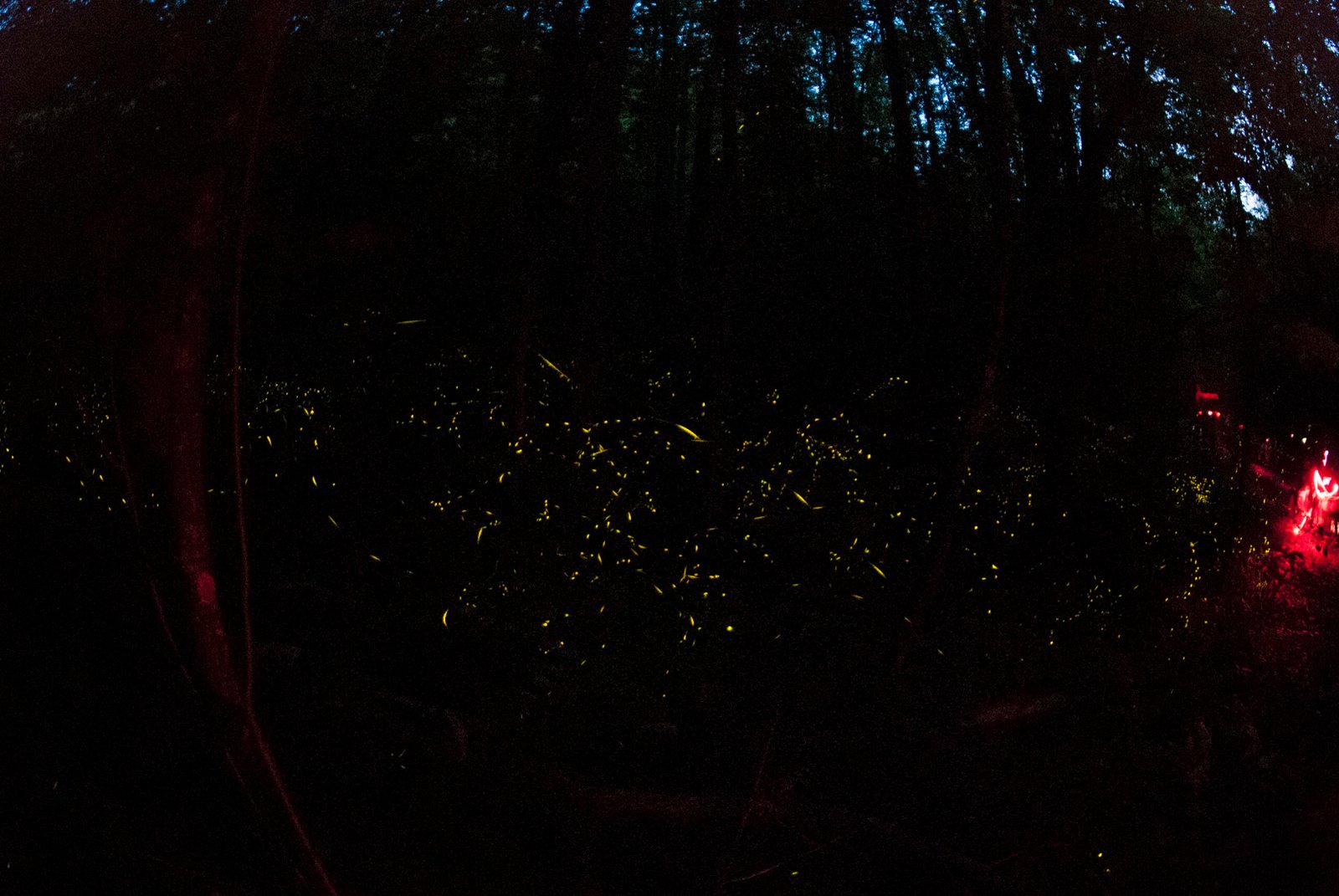
The Great Smoky Mountains National Park is famous for its rolling mist, ancient forests, and, each summer, its extraordinary firefly displays. This region creates the perfect habitat for fireflies—or lightning bugs as some locals call them—thanks to its combination of moist soil, dense vegetation, and cool mountain air. Every year, thousands of people flock to spots like Elkmont, eager to witness the woods transform into a living galaxy. These mountains aren’t just a home for fireflies; they’re a stage where one of the world’s most spectacular natural performances unfolds.
Meet Photinus carolinus: The Synchronized Stars
While several firefly species live in the Smokies, the true stars are Photinus carolinus. These remarkable insects are famous for their synchronized flashing—a phenomenon that’s rare in the world of bioluminescence. Unlike other fireflies that blink randomly, Photinus carolinus light up together, producing waves of coordinated flashes that ripple through the darkness. This unique behavior has made them the darlings of scientists and tourists alike, and the reason why people travel from across the globe to catch a glimpse.
Bioluminescence: Nature’s Living Light

At the heart of every flash is bioluminescence—a chemical reaction that lets fireflies produce light from inside their bodies. When oxygen mixes with the enzyme luciferase and a molecule called luciferin, a burst of light is created in their tiny abdomens. This light is almost entirely free of heat, making it incredibly efficient. It’s not just for show; this glow is essential for survival, playing a vital role in their nightly rituals.
Why Do Fireflies Synchronize?
The synchronized flashing isn’t just a pretty trick. It’s all about romance and competition. Male fireflies fly through the forest, pulsing their lights in rhythmic patterns to attract females waiting below. When a female sees a pattern she likes, she responds with her own flash. But in the Smokies, synchronization helps males stand out in the crowd, creating a massive, coordinated display that increases everyone’s chances of finding a mate. It’s like a living dating app, but much more beautiful and mysterious.
The Science of Timing: How Do They Do It?
Scientists have puzzled over the mechanics of synchronization for decades. Recent research suggests that each firefly adjusts its flashing based on the timing of its neighbors, creating a feedback loop that results in perfect harmony. It’s similar to how musicians in a band keep time with one another, but here, there’s no conductor—only instinct and evolution. This spontaneous order is a vivid example of “emergent behavior,” where simple rules lead to complex patterns.
Environmental Cues: The Role of Weather and Moonlight
Not every night in the Smokies is filled with flashing fireflies. Their performance depends on a cocktail of environmental cues. Temperature, humidity, and even the phase of the moon all play a part. Fireflies prefer warm, damp evenings, and their flashes are most intense on dark nights when there’s little or no moonlight. Too much artificial light or a sudden change in weather can throw off the display, turning a dazzling show into a quiet night.
Communication in the Dark: The Language of Light
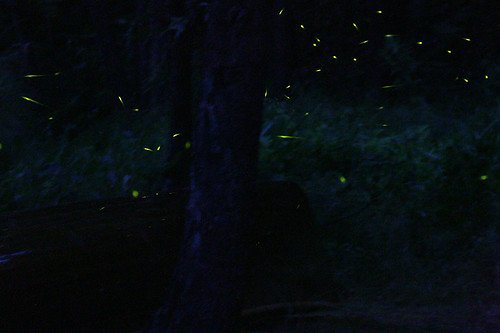
Fireflies use their flashes as a secret code, with each species having its own unique signal. In Photinus carolinus, the synchronized bursts aren’t just for show—they’re a precise language of attraction and recognition. Females can identify males of their own species by the rhythm and timing of the flashes, ensuring successful mating. It’s a dazzling display of nature’s own Morse code.
Predators, Imitators, and the Perils of the Night
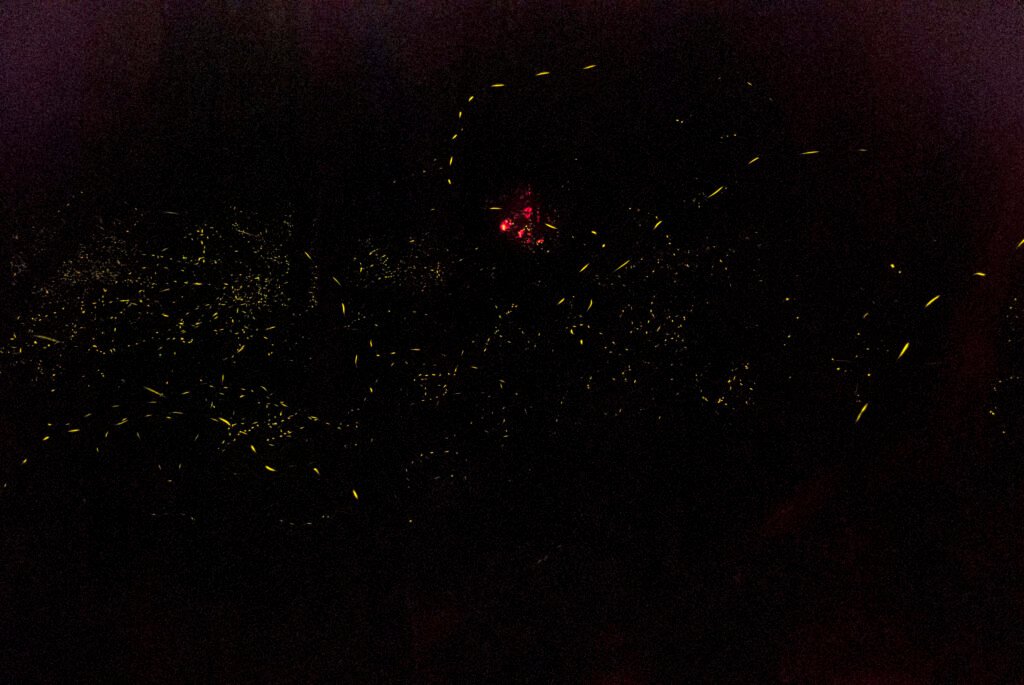
The forest isn’t always a safe place for fireflies. Some predators, like spiders and bats, have learned to hunt by the light of the fireflies. Even more surprisingly, there are “femme fatale” fireflies—other species that mimic the flashing patterns to lure males in, only to eat them instead of mate. This dark twist adds another layer of intrigue to the nightly light show, reminding us that in nature, beauty and danger often go hand in hand.
Fireflies and Human Culture: Stories and Superstitions
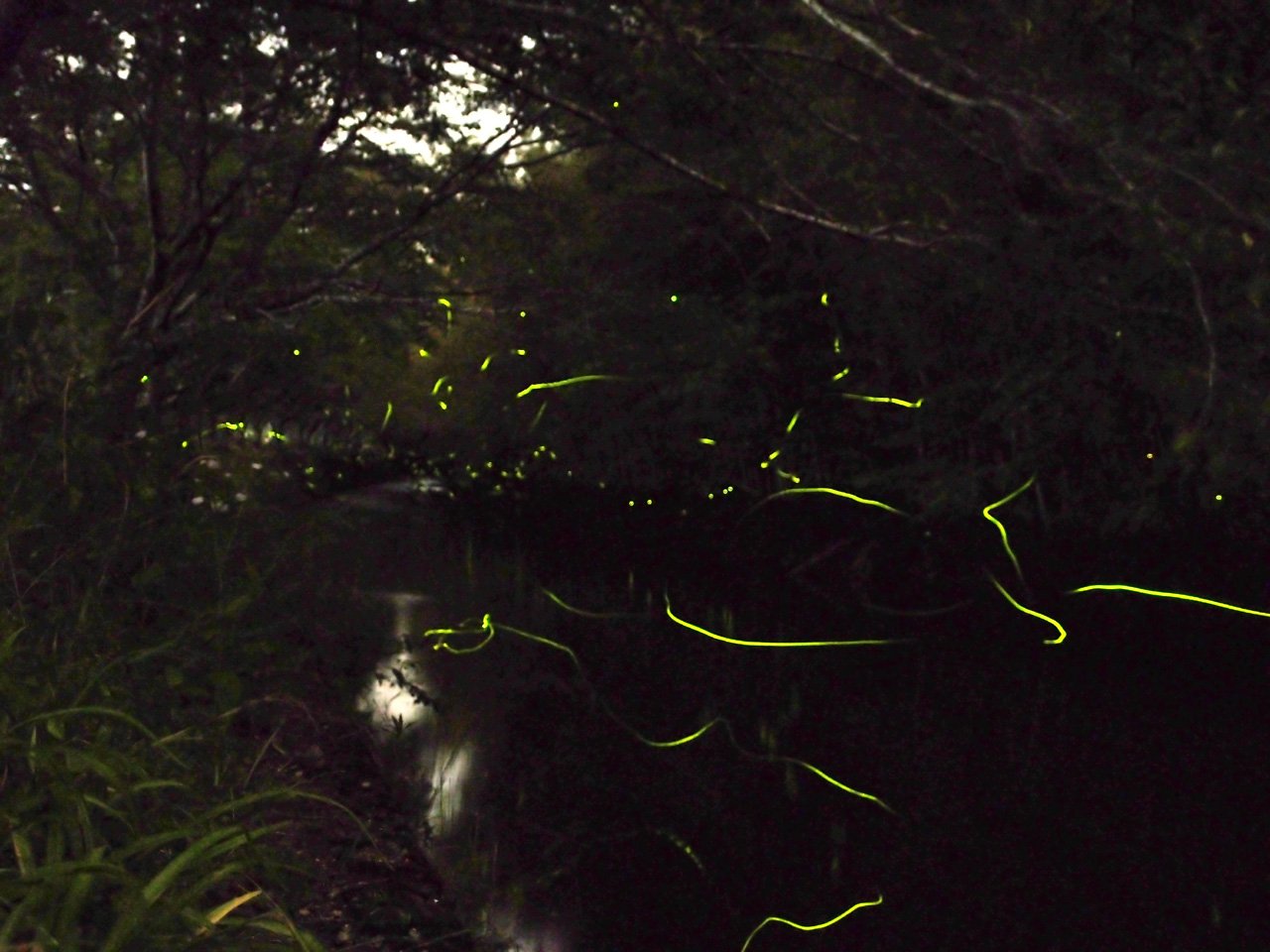
For centuries, people have been fascinated by fireflies, weaving them into folklore, poetry, and childhood memories. In the Smoky Mountains, families have gathered for generations to watch the fireflies, sharing stories about lost loved ones or wishes carried on tiny wings of light. Some cultures believe fireflies are symbols of hope or souls of the departed, adding a spiritual layer to their scientific wonder.
Ecotourism and the Annual Firefly Viewing Event
The fame of the Smoky Mountains’ fireflies has sparked a boom in ecotourism. Each year, thousands apply for lottery tickets to join the official viewing event at Elkmont. Park rangers carefully manage the crowds to protect the fragile habitat, using red filters on flashlights and strict rules to minimize disturbance. It’s a delicate balance, allowing people to witness the magic without harming the creatures at its heart.
Threats to Fireflies: Habitat Loss and Light Pollution

Sadly, the firefly’s future isn’t guaranteed. Expanding development, deforestation, and especially artificial light at night threaten their survival. Light pollution can confuse their mating signals, making it harder for them to find each other. Habitat loss means fewer places to lay eggs and fewer moist spots for larvae to thrive. Conservationists are sounding the alarm, urging communities to preserve dark spaces and natural habitats.
The Role of Citizen Science in Firefly Research
Ordinary people play a big part in firefly science. Programs like Firefly Watch encourage nature lovers to document local firefly activity, helping researchers track populations and behaviors. These citizen scientists provide valuable data that would be impossible to gather otherwise. It’s a reminder that anyone with curiosity and a notebook can contribute to our understanding of these magical insects.
Firefly Life Cycle: From Egg to Illuminator
Every flashing firefly starts as a tiny egg, tucked away in moist soil or moss. After hatching, the larvae—sometimes called glowworms—spend months (or even years) hunting small prey and growing in the darkness. When the time is right, they transform into adults, emerging just for a few weeks to flash, mate, and start the cycle again. Their lives are short but burn incredibly bright.
Adapting to Change: Fireflies and Climate Shifts
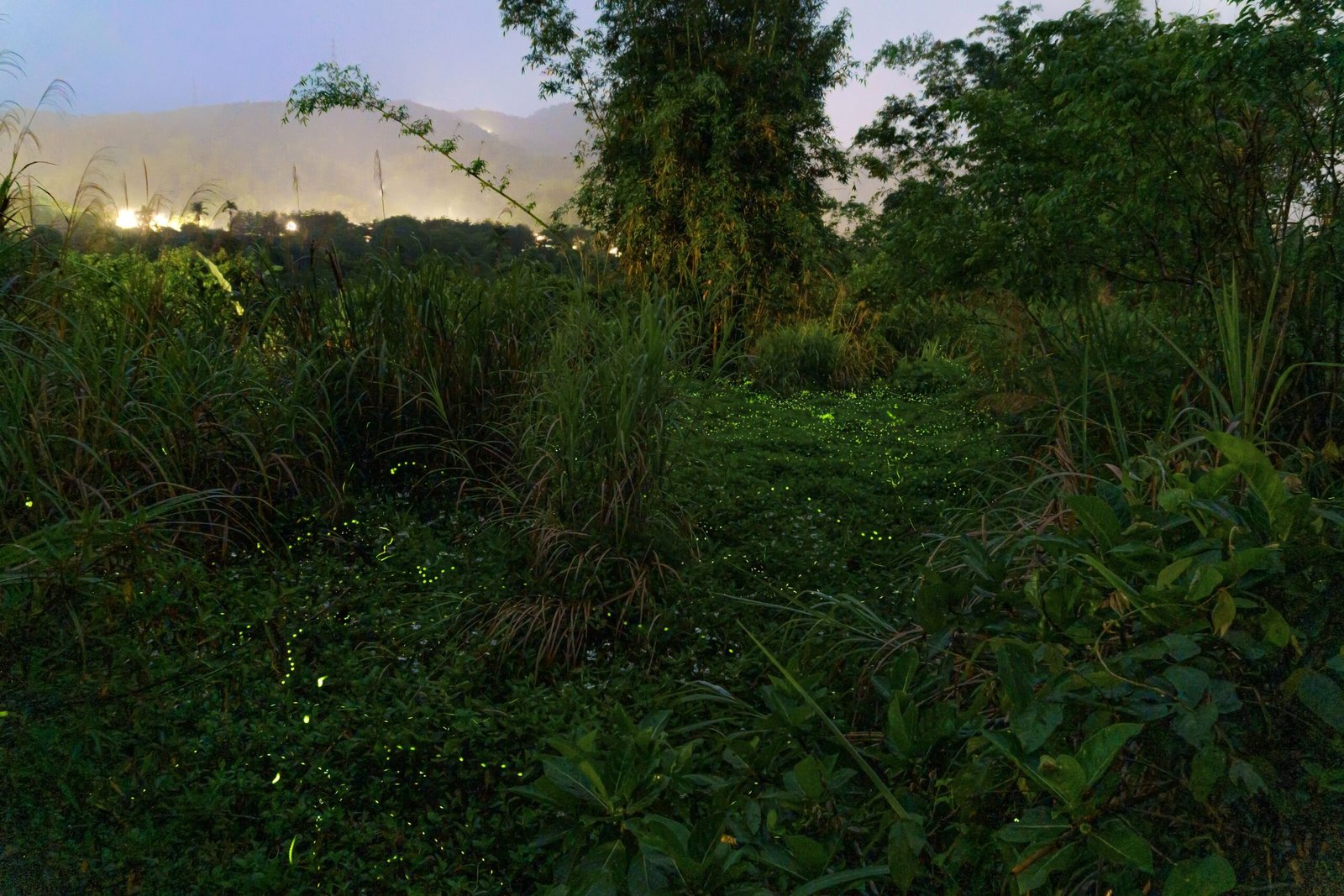
Climate change is rewriting the rules for fireflies. Warmer winters, unpredictable rain, and shifting plant life all affect when and where fireflies can thrive. Some species may adapt by changing their timing or moving to new habitats, but others might not keep up. Scientists are racing to understand these changes, hoping to protect the delicate balance that makes the Smokies’ show possible.
What Makes the Smokies Unique? Local Mysteries and Legends
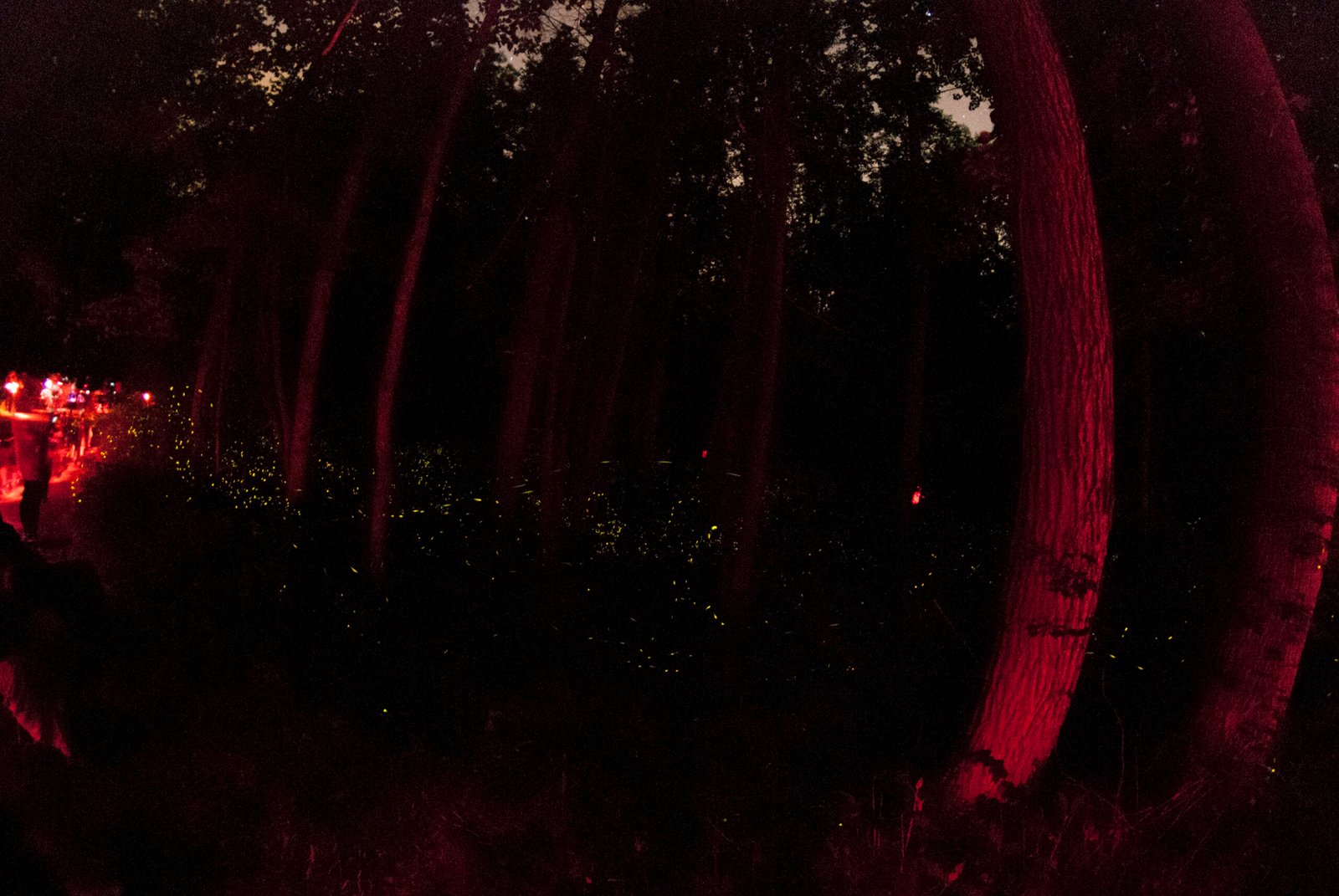
While synchronized fireflies exist in a few other places, the Smoky Mountains’ display is unmatched in scale and intensity. Local legends say the mountains themselves are enchanted, their mists hiding secrets and spirits. Whether you believe the stories or not, there’s something undeniably special about this place—the way the fireflies gather, the hush that falls over the crowd, the feeling that you’re part of something ancient and rare.
Tips for Seeing the Fireflies: Best Practices for Visitors
If you want to see the synchronized fireflies, there are a few things to keep in mind. Plan months ahead and enter the lottery for the official viewing. Bring a red-filtered flashlight to protect their night vision, and stay on designated paths to avoid trampling fragile areas. Most importantly, be patient and let your eyes adjust—the magic takes time to reveal itself. Silence and darkness are your best allies.
Fireflies in Art and Inspiration
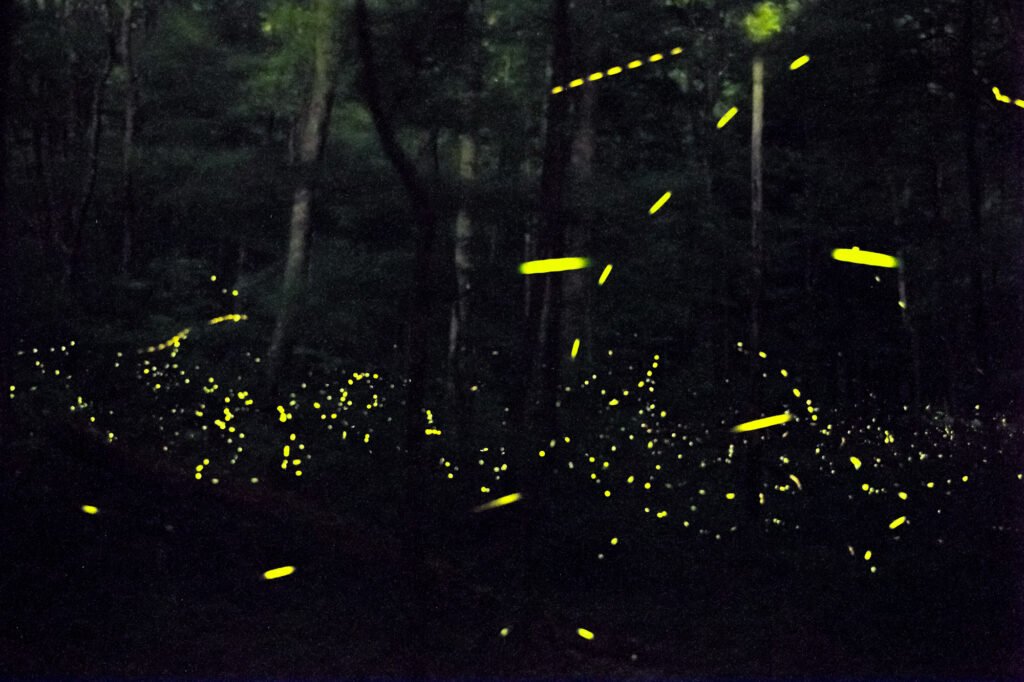
The beauty of fireflies has inspired countless artists, writers, and musicians. From dreamy paintings to folk songs and even modern films, these glowing insects symbolize fleeting beauty and wonder. For many, seeing the synchronized display in person is a once-in-a-lifetime experience—one that lingers in the heart long after the lights fade.
Scientific Mysteries Yet to Be Solved
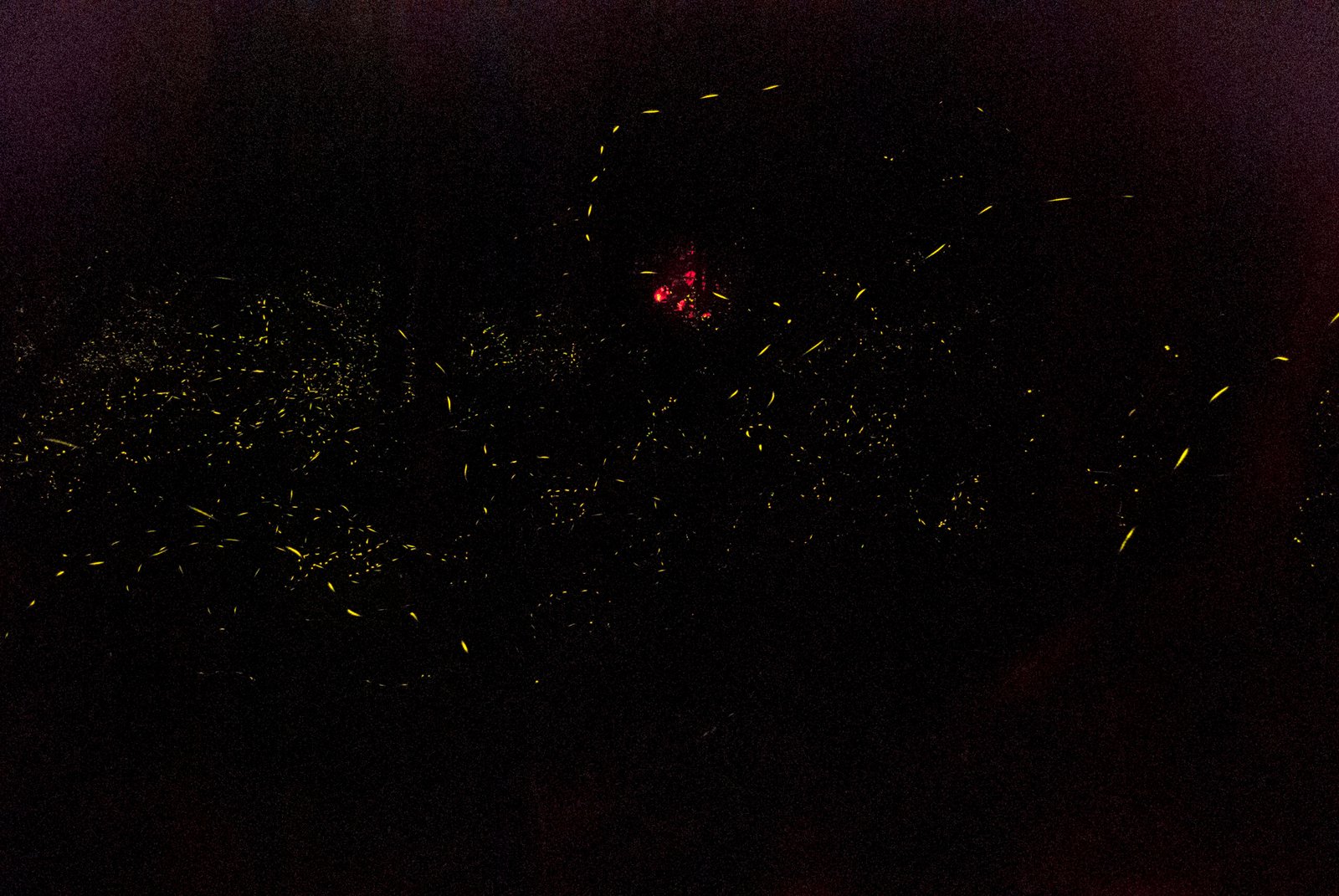
Despite decades of study, many mysteries remain. Scientists still debate exactly how fireflies synchronize so perfectly and what subtle cues trigger the mass flashing. There’s ongoing research into how their light chemistry works and how it could inspire new technologies in medicine and engineering. Every season brings new discoveries, proving that even the smallest creatures can stump the brightest minds.
Protecting the Wonder for Future Generations
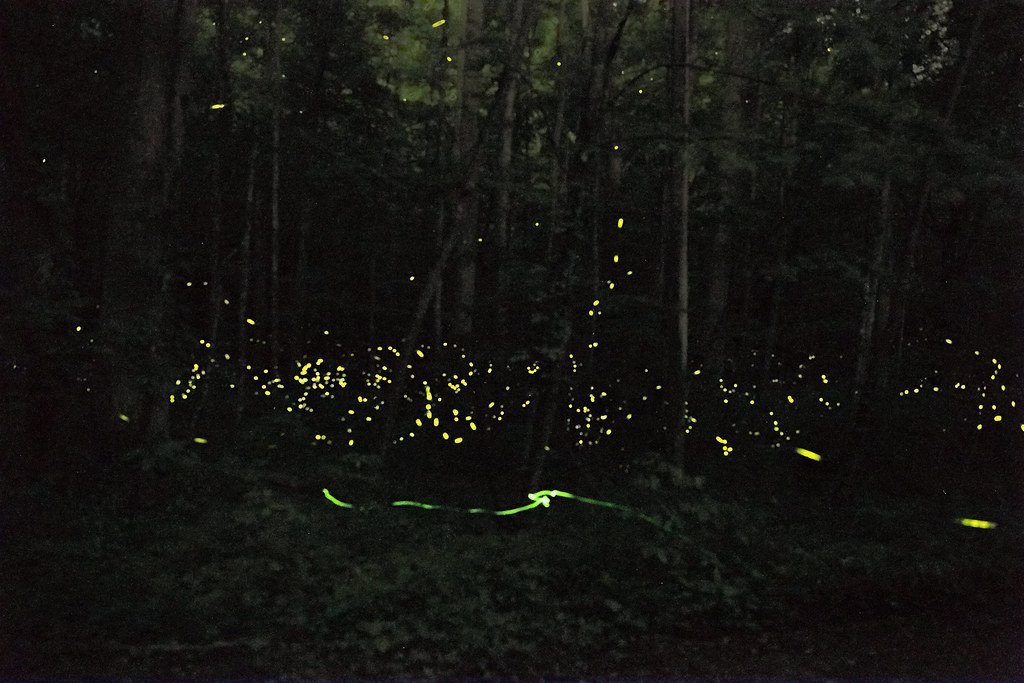
Protecting the fireflies means protecting their home. That means supporting conservation efforts, reducing light pollution, and teaching the next generation to value the wild places where magic still happens. Small changes—like turning off unnecessary lights or planting native vegetation—can make a big difference. The fate of the fireflies is tied to our own willingness to care for the world we share.
Final Reflections: The Magic of a Summer Night

Standing in the smoky darkness, surrounded by thousands of blinking lights, it’s impossible not to feel wonder. The synchronized dance of the fireflies is more than a scientific puzzle; it’s a reminder of nature’s power to surprise, delight, and connect us. Each flash is a heartbeat, a memory in the making, a spark of hope in the shadows. Would you have ever guessed that such small creatures could leave such a big mark on our hearts?



